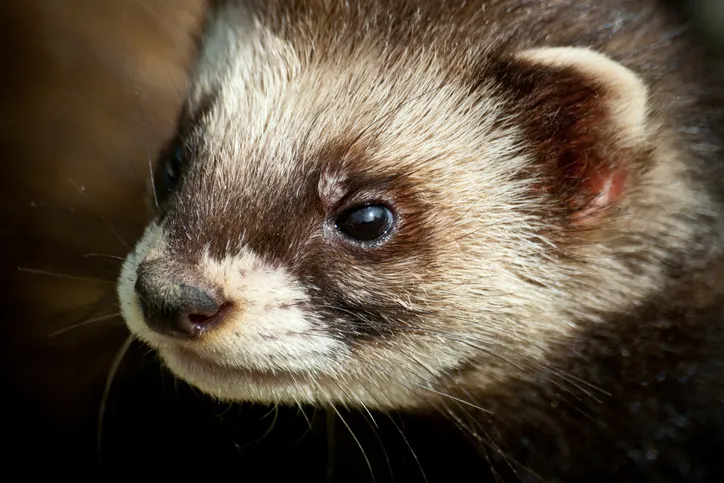Step out of your car at Keeper’s Pond and look out over the Black Mountains. The instantly recognisable flat top of Sugar Loaf mountain rises above Abergavenny and, on a clear day, you can pick out the Brecon Beacons’ highest peaks, Pen y Fan, Corn Du and Cribyn to the west.
The surrounding landscape bears scars from the industrial activity the area is famous for; coal mining has left black furrows in the hillside, evidence of limestone and ironstone quarries litter the landscape and bell pits pockmark the ground behind the car park.
There is a car park near the summit of Blorenge, making this seven-mile route more accessible than most hill walks in the Brecon Beacon National Park.

Blorenge walk
6.6 miles/10.6km | 336m accent | 4 hours | moderate
1. Pond Banks
Walk left around the pond and over a bridge, and then bear right on a track. Amazingly, Britain’s uplands support 70 percent of the world’s heather moorland, a habitat associated with many rare species. Keep an eye out for red grouse, ring ouzel, hen harrier and merlin. The heather uplands also provide refuge for snipe, lapwing and curlew.
Thin mineral soils and peat also support dwarf shrubs like bilberry, which provide an important habitat for nesting stonechats and whinchats. Stay on the path as it bears right, then at a waymarker turn left downhill on a rocky path.
2. To the tramroad
As you head downhill, the landscape opens up, with views left over to Crickhowell at the head of the valley and the Black Mountains beyond. Drop down to an old tramroad and turn right. You soon pass a tunnel, which marks out the original route of the tramroad.
As well as the upland birdlife, there have been sightings of polecats, foxes and badgers in the area, and the dry stone walls provide nooks and crannies for adders and common lizards, which in turn attract weasels and stoats, natural predators of the many ground nesting birds.
Bear right around the base of the hill, dipping downhill, and when the path skirts larch woodland, keep your eyes peeled for redstart and redpoll. Carry on with the fence of your left, then turn right through a gate on to a public bridleway.

3. Punchbowl
You now reach the Punchbowl, a large, wooded glacial cwm with a picturesque man-made lake. Watch out for mallards, herons, green woodpecker and warbler as well as dragonflies and damselflies flitting off the surface of the lake.

Walk left along the shore then take the lower path along the fence line, climbing out of the Punchbowl. Walk to a gate, and then carry on up the now gentler slope. There’s a bench a few metres after the gate where you can catch your breath and scan for birds.
At a cattle grid, turn right along the road as heathland opens up again on either side. Look out for ring ouzel and wheatear, which thrive on the tops of exposed upland heaths, nesting in bushes or even disused rabbit warrens.

4. Summit climb
Take a sharp right at the Carn y Gorfydd enclosure and follow the path towards the summit of the Blorenge. Look east for views towards the Severn Estuary. Keep an eye out for hobby, a small, very swift species of falcon seen frequently on the heathland, catching prey on the wing.
Continue on the rocky path to a turf-covered area of limestone spoil mounds, where there are more amazing views over into the Punchbowl.
Turn left at a small brick building, and follow a boggy path to the summit. The boulders at the top mark a Bronze Age burial chamber, and you’ll have to scramble up the last few metres to top.
Head in the direction of the radio masts on a stony path. Bear right at a path junction to the Foxhunter car park, then turn right along a lane, passing disused bell pits, to return to Keeper’s Pond.
Blorenge map
Blorenge walking route and map

Further information about Blorenge
TERRAIN
Well-trodden grassy paths and old tramways. May be rocky, steep or boggy in places.
HOW TO GET THERE
BY CAR: Keeper’s Pond car park is on the B4246 between Abergavenny and Blaenavon.
BY PUBLIC TRANSPORT: Abergavenny is on the main train line between Cardiff and Manchester.
REFRESHMENTS
The Lamb & Fox Inn
Pwlldu, Blaenavon, Pontypool NP4 9SS
01495 790196
MAP
Ordnance Survey Explorer Map OL13.
Grid ref: SO 254 107
